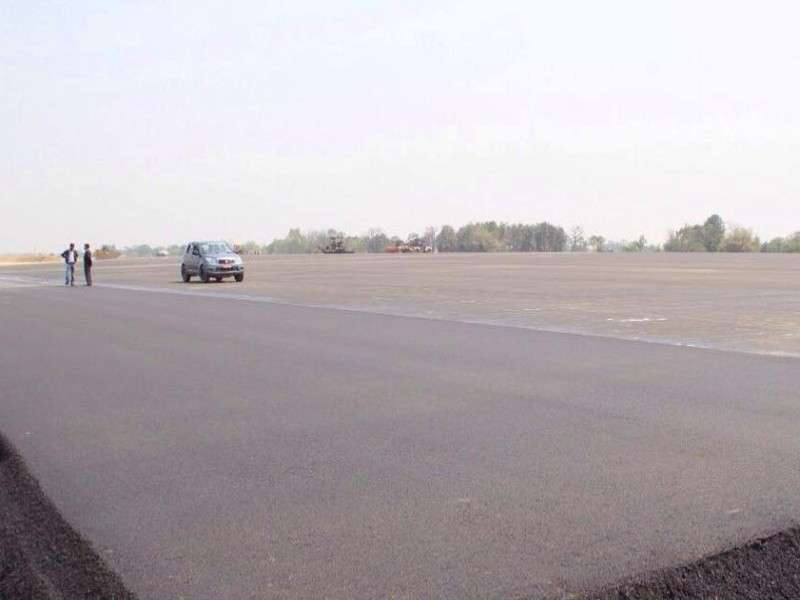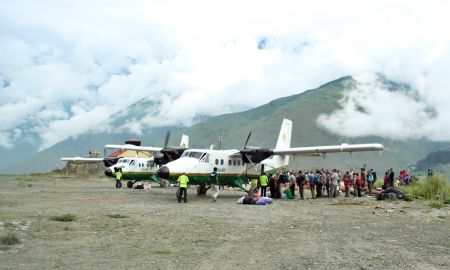May 23: The three-kilometre runway of Gautam Buddha International Airport (GBIA) in Bhairahawa is ready to use. According to the Civil Aviation Authority of Nepal (CAAN), the runway can assist in emergency landing for large aircraft if needed.
CAAN plans to operate the runway for international flights after a little more than six months from mid-February 2020.
CAAN confirmed that the newly constructed runway of Gautam International Airport is capable of accommodating large aircraft for emergency landing in case flights get diverted from Tribhuvan International Airport.
The authorities are planning to convert the old runway of the airport into a taxi bay.
Sanjeev Gautam, managing director of CAAN, informed New Business Age that the contractor is developing other infrastructure including the terminal building, control tower, water tank among others in war-footing.
The airport which is being constructed by North West Construction Company of China was scheduled to be completed by January 2017. However, the construction of the airport was delayed by the devastating earthquake of 2015, and the subsequent economic blockade by India, shortage of raw material and dispute between the contractor and sub-contractor. However, the airport is finally getting ready by mid -July 2019.
CAAN informed that it plans to complete the technical works at the airport by late January 2020 after completing the construction of physical infrastructure.
Until now, ATR-72 aircraft with 72-seat capacity is the biggest plane to land and take off from the airport. According to CAAN, the airport can accommodate bigger jets with 300-seat capacity after the commencement of international flights.
The airport was upgraded to the international standard with a budget of Rs 6.22 billion. Out of the total budget, Asian Development Bank (ADB) had contributed 40.5 percent loan and 18 percent grant. OPEC Fund for International Development invested 30.5 percent of the total budget while the investment of Nepal Government was 11 percent of the total expenditure.
CAAN said that the airport will serve 16,000 passengers on a daily basis and 6 million passengers annually.






















